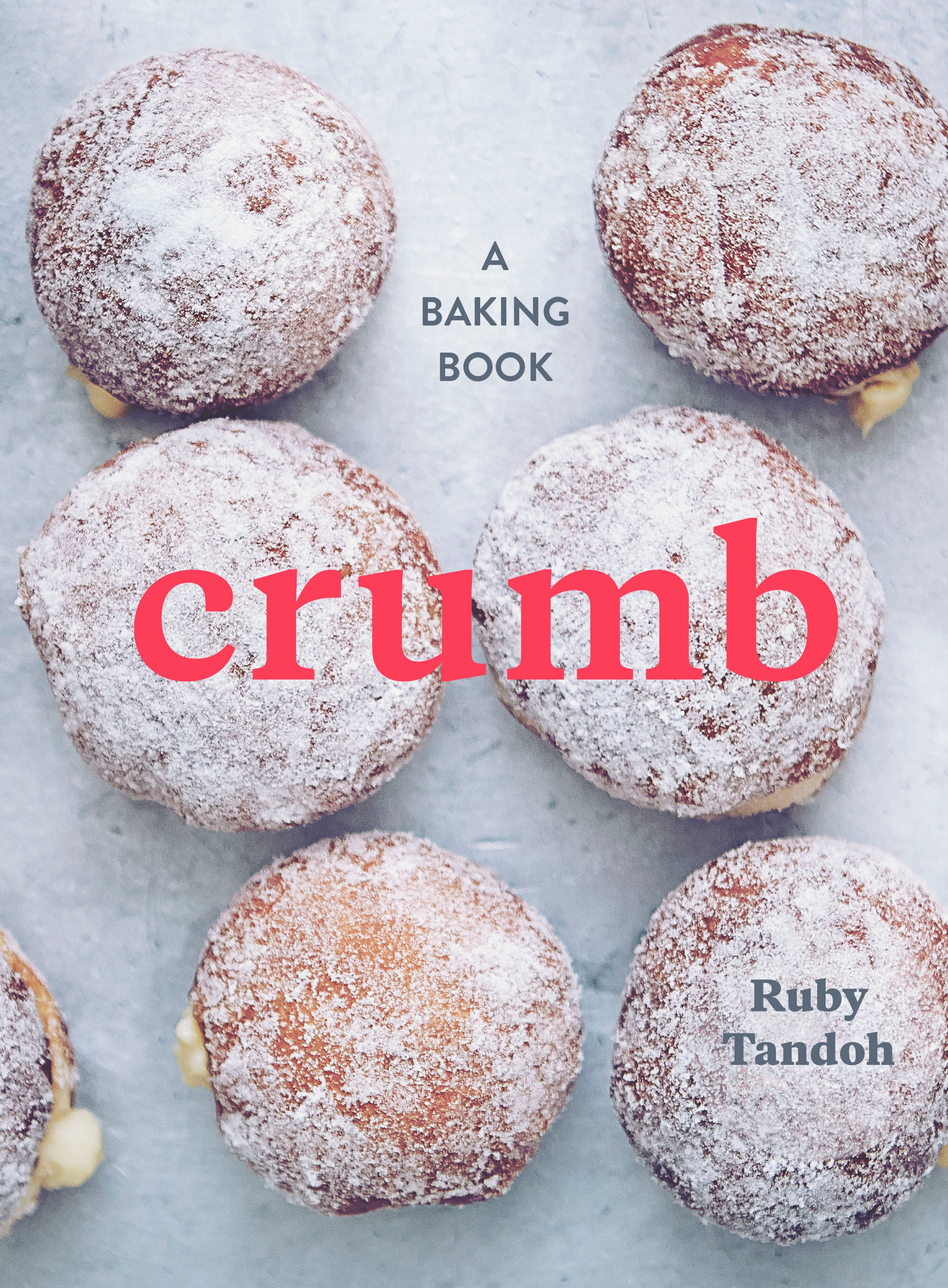









Ruby Tandoh, a former contestant of The Great British Bakeoff, shares her savory and sweet creations from the oven in Crumb.
These French chickpea flour flatbreads are arguably more pancake than bread, but I don’t feel too conflicted about including them here. They’re nutty, intensely savory, and versatile: think improvised pizza bases, wraps, and even—if cooked for a little longer—dipping chips and crackers. But I prefer them, partly in the name of simplicity and minimal washing up, eaten straight from the sizzling pan with just a grind of pepper.
In Nice and along stretches of the south coast of France, they are socca; further east and curving down the coastline into Italy, they’re farinata. They’re usually found on street corners at vendors’ stalls, to be bought cheaply and eaten greedily while on the move. You may not have the pleasure of having a local socca vendor (although who knows where the street food movement will take us), but luckily these are easy, cheap, and quick to make at home. This is a simplified stove-top version, although thicker, more substantial oven-baked socca are also popular.
You can find gram flour (sometimes labeled chickpea or garbanzo bean flour) in the international sections of some larger supermarkets, at natural food stores, or in most Indian or Pakistani markets. Raw gram flour can have a bitter, astringent aftertaste, but this is remedied by toasting the flour first, which is what I’ve suggested here.
12 flatbreads
- Toast the gram flour over medium heat in a large, dry pan, stirring continuously, for 5 to 10 minutes, until the flour has slightly darkened in color. It should begin to smell nutty and rich. Don’t overcook the flour or let it sit unstirred; if it burns, it will slide back into exactly that bitterness that we’re trying to lose. If it begins to look brown rather than just golden, whip it straight off the heat. Let it cool slightly before proceeding, using this time to prepare any desired additions.
- Combine the flour, salt, and about half of the water in a bowl and stir to form a thick paste. Season with pepper. Add all but 7 tablespoons of the remaining water and the olive oil. The batter ought to be thick but not gloppy; add the remaining water as necessary to reach the right consistency. Stir in any additions that you’re using at this point.
- Preheat a small nonstick frying pan over medium-high heat, grease with olive oil, and pour in a ladle of batter — enough to form a roughly 6-inch circle. Cook for 1½ to 2 minutes, lifting the edges occasionally to prevent sticking, then carefully turn and cook for a minute or two longer. Repeat with the remaining batter, greasing the pan again each time.
Reprinted with permission from Crumb by Ruby Tandoh, copyright (c) 2015. Published by Ten Speed Press, a division of Penguin Random House, Inc.
